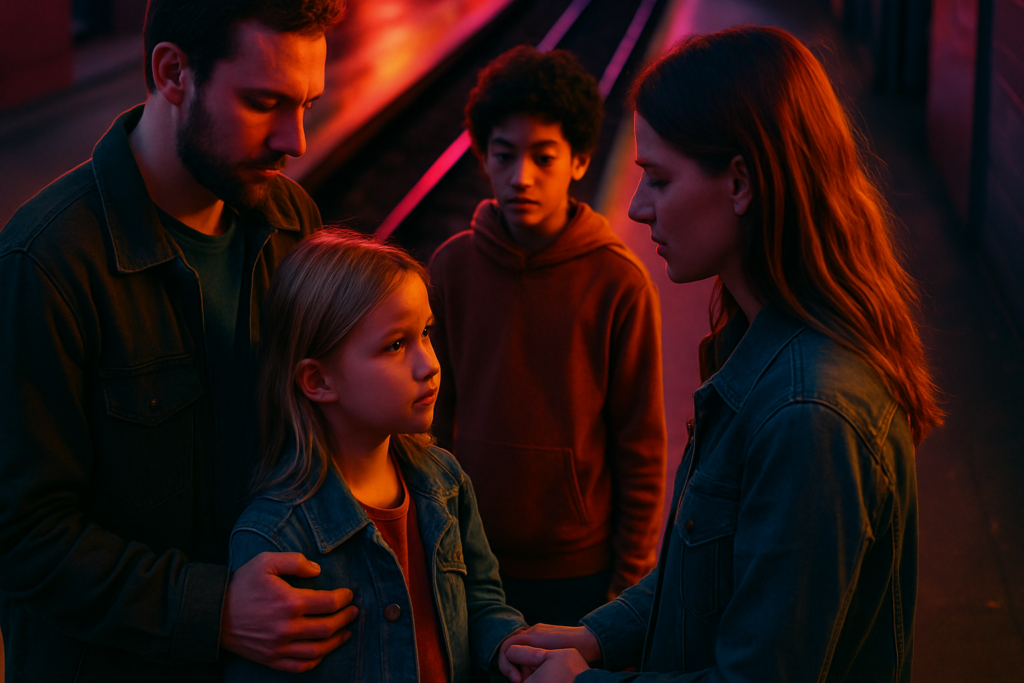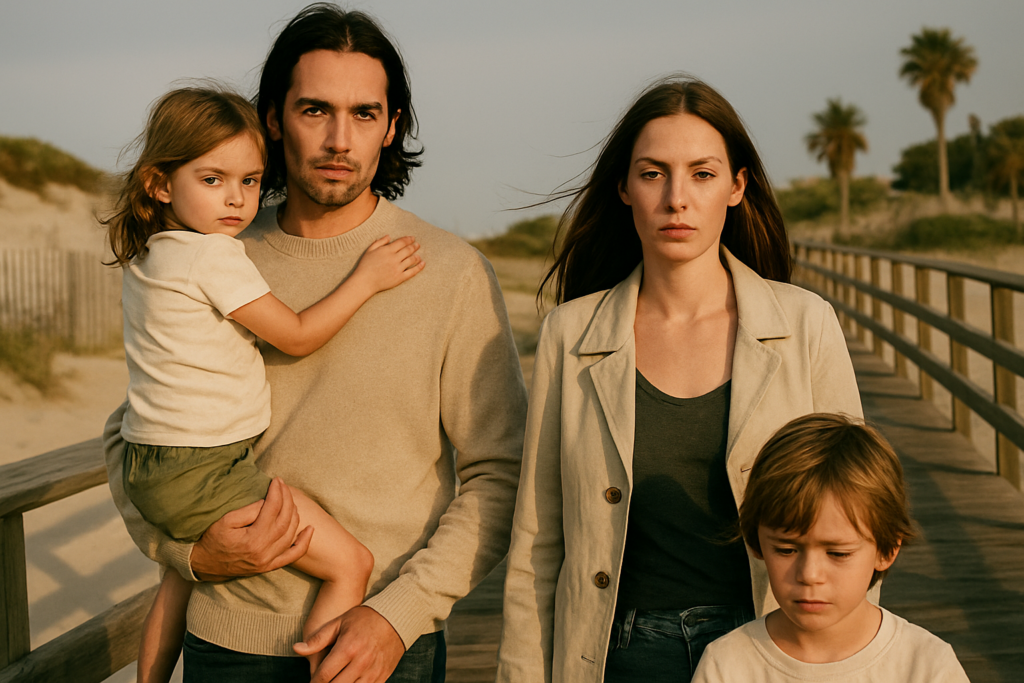What’s Changing in Custody Law Right Now
Family courts are playing catch up. Traditional custody laws weren’t built with blended families in mind, but that’s starting to shift. Over the past year, several states have updated statutes to better account for modern parenting dynamics meaning step parents, cohabitating partners, and multi household guardians are gaining more legal clarity and, in some cases, more rights.
One key trend: courts are giving greater weight to psychological parenting roles. If a child sees a step parent as a primary caregiver, judges are more open to considering that bond in custody or visitation decisions. A handful of recent rulings have made headlines for affirming step parent rights even in cases where no legal adoption took place. That marks a big departure from the biological parent first framework that dominated for decades.
Legislation is following suit. States like California and New York have introduced or passed laws that expand legal definitions of “parent” and “household.” The result? Blended families are no longer legal outliers. These changes are setting precedents that matter far beyond city courthouses they’re reshaping the lived experience of co parenting in non traditional households.
Why does all of this matter? Because the number of blended families keeps growing, and systems need to reflect that reality. These reforms give families more stability, more voice, and a stronger legal footing to put the child’s best interest first whatever that looks like in 2024.
Challenges Unique to Blended Households
Blended families, for all their promise, come with complications that the custody system wasn’t exactly built to handle. When two or more adults share parenting responsibilities biological parents, step parents, sometimes even extended relatives it’s less about splitting time between houses and more about finding working dynamics across homes, schedules, and loyalties.
Shared custody across multiple parental figures makes the usual custody plans feel outdated. Traditional “mother vs. father” models don’t serve well when a kid has meaningful ties to a stepdad and a biological mom, or when both biological parents have new partners deeply involved in the parenting process. Courts are seeing more of these setups, and they’re slowly adapting though not always smoothly.
The legal gray zone for step parents is especially tricky. While they often take on day to day parenting, they rarely hold legal rights without formal adoption or custody agreements. That means a step parent doing school drop offs, attending doctor’s appointments, or helping with homework might be treated as an afterthought in court, despite their real world impact.
But change is underway. Courts are beginning to move beyond checkbox family models. Judges are reassessing the “best interests of the child” test to account for emotional bonds and caregiving consistency sometimes even over biology. The trend is toward nuance. It’s slow, uneven, and varies by state, but the direction is clear: legal systems are starting to reflect the real contours of modern families.
Custody Looks Different in 2024

Family law has started to shed its old skin. The language is changing gradually but noticeably. Courts are now distancing themselves from the idea of parental “ownership” and steering toward shared responsibility. It’s less about who gets the child and more about what role each adult plays in a child’s life. That includes step parents and guardians who may not share DNA but show up daily.
Tech is also stepping into the custody space in real ways. Shared calendars, co parenting apps, and even AI assisted documentation tools are helping families streamline schedules and track agreements. This isn’t about gadgets for the sake of it it’s about building systems that reduce conflict and increase clarity.
Another key shift: children’s voices are getting more legal traction. Judges are giving more weight to what kids want and how they feel not just where they’ll sleep. Emotional placement is turning into a real factor, not just a footnote. Kids, especially older ones, are influencing the outcomes more than ever.
All these shifts mean one thing for blended families: more nuance, less rigidity. And while that comes with challenges, it also opens the door to custody arrangements that reflect how modern families actually function.
What Parents in Blended Families Should Do Now
The legal side of blended parenting can sneak up on you until it doesn’t. The key is being ready before things get complicated. Step one: come to the table informed. Even simple legal conversations go smoother when you’ve got basic documentation, a clear understanding of household routines, and a shared story about what co parenting looks like in your case.
The second piece is crucial work with attorneys who get what stepparents are up against. Not all lawyers understand the emotional and legal tightrope of being a non biological parent. Find someone who knows how to advocate for stepparents in the context of the law, without overstepping biological rights. Look for professionals who’ve actually navigated cases like yours, not just read about them.
Finally, don’t skip the paperwork basics. Co parenting agreements are where blended families either build structure or run into avoidable friction. These documents should outline responsibilities, communication channels, and how to resolve inevitable disagreements. Vague terms lead to hurt feelings and legal loopholes. Clear expectations keep everyone grounded when things get messy.
A little prep now saves a mountain of stress later. Explore more on current custody updates.
Navigating the System with Confidence
Custody changes can stir up a lot logistics, legal headaches, and plenty of emotion. Whether it’s a new agreement or a shift driven by recent law updates, staying level headed matters. Start by focusing on what you can control: routines, open dialogue with co parents, and keeping kids out of the middle. Keep communication direct but calm. Lean on neutral spaces lawyers, mediators, or therapists when things get tense.
Knowledge is also power. Know where you stand legally, whether you’re a biological parent or step parent. Many step parents don’t realize their voices carry more legal weight now in blended family rulings. If you’re unsure of your role in a custody doc, get clarity before problems creep in.
Finally, if your current custody agreement is more than a few years old, take a second look. New legislation may have opened the door to updates that better reflect your family’s reality. Updating agreements isn’t about winning it’s about aligning your plan with where your family is today, legally and emotionally.



